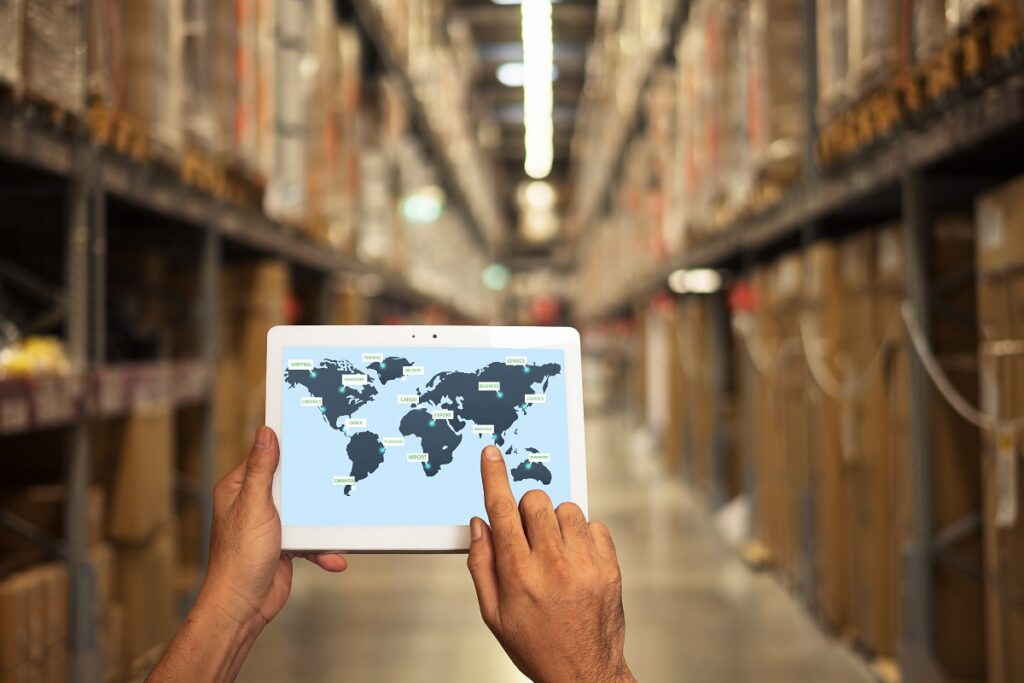Supply Chain Intergration
All businesses have a supply chain with people, organizations, tech, resources, and activities for product creation and lifecycle, regardless of size or industry. Retail brands face difficulties tracing product origins and play a vital role in production. Consumers demand sustainable practices from companies.

The fashion industry, employing millions, has a significant environmental impact due to water, oil, crops, and chemicals used in garment production. To meet consumer demand for sustainability, fashion brands must prioritize human rights and the environment.
What can be Done?
Brands can reduce their environmental impact and operate in a planet-friendly way. The supply chain is the best starting point for sustainability, and PLM services help businesses make eco-friendly decisions, improving their green credentials.

These tools increase transparency and help find eco-friendly suppliers for raw materials. Environmental impact tracking for all products is possible, by using the materials library for informed decisions.
Have You Considered Supply Chain Integration?
PLM software helps suppliers identify and correct product component errors quickly, with the system sending notifications for approval or rejection suggestions. Robust supply chain management strategies save time, cut costs, and reduce environmental impact.

PLM software allows suppliers to identify product component errors and provide corrections quickly, while the system sends notifications to you for suggestions and recommendations to approve or reject.
With a robust supply chain management strategy, you can save time and costs, and reduce your environmental impact significantly.